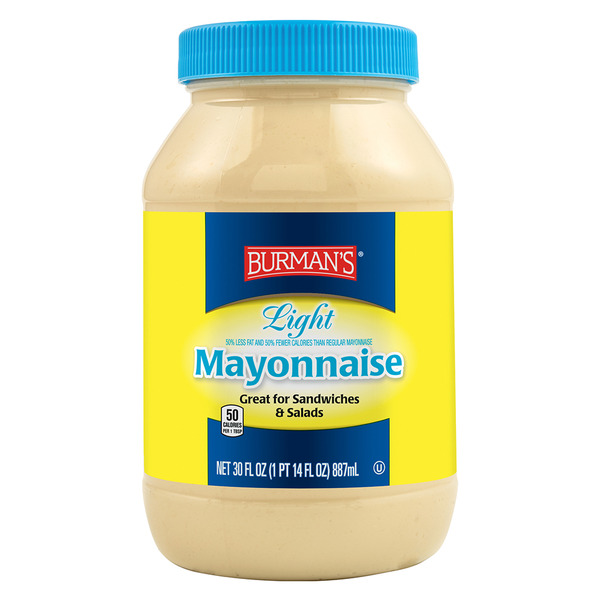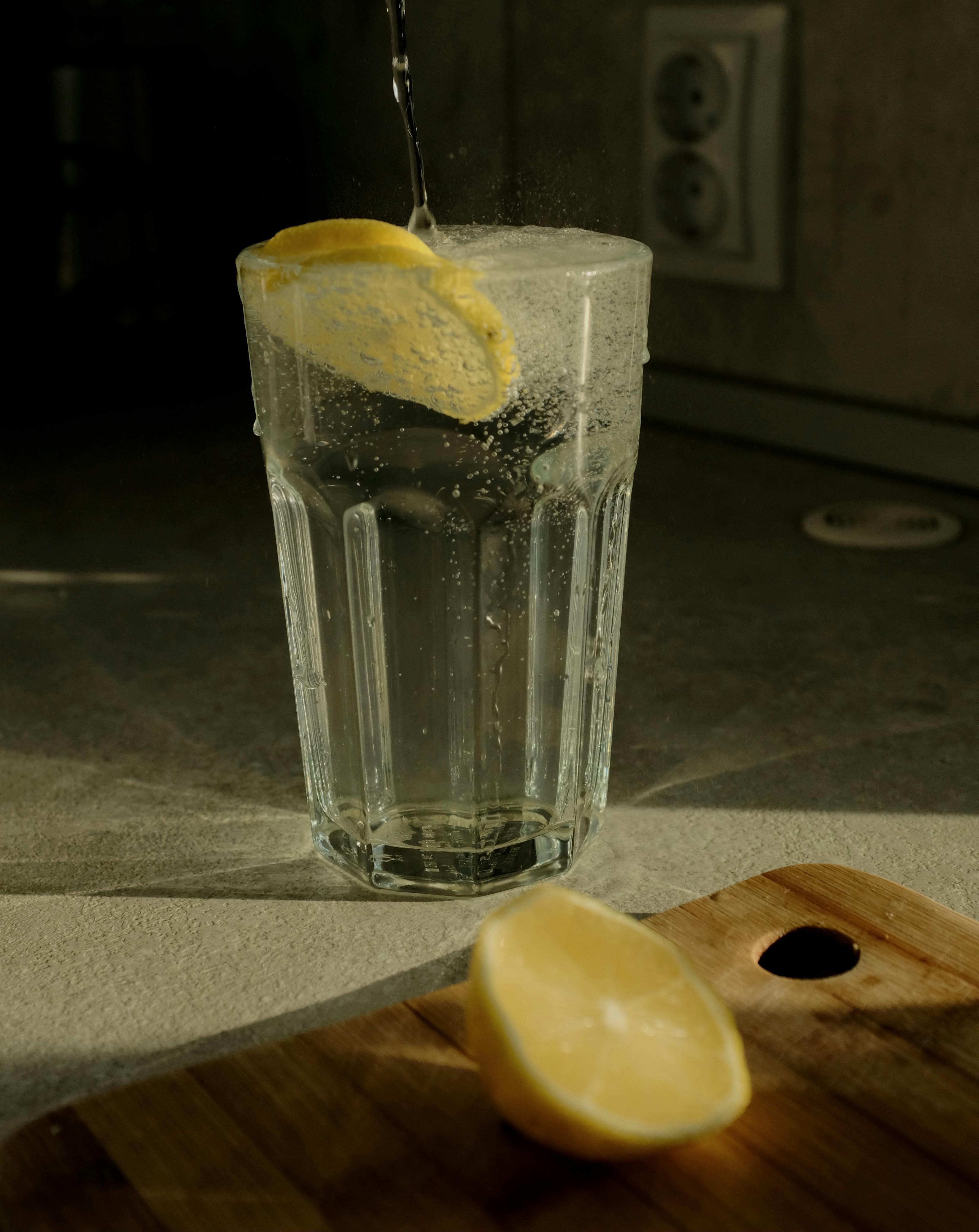Effective Ways to Enhance Your High Fiber Diet Plan in 2025
As we enter 2025, the importance of a high fiber diet becomes clearer than ever. Increased awareness about the benefits of dietary fiber plays a vital role in human health, such as promoting gut health, aiding in digestion, and supporting weight management. This article aims to provide you with a comprehensive guide on how to effectively enhance your high fiber diet plan, ensuring you can harness the numerous health benefits associated with fiber.
Understanding what constitutes a high fiber diet is key to its success. Incorporating a range of fiber-rich foods into your daily meals not only improves digestive health but also contributes to increased energy levels and better cholesterol management. Throughout this article, we will explore various high fiber meal prep strategies, ideal high fiber recipes, and practical tips to smoothly transition into a high fiber lifestyle.
Key takeaways from this article include insights into fiber types, meal planning, and a variety of foods that can enhance your diet. Whether you're looking to boost your fiber intake for weight loss, diabetes management, or overall health improvement, this guide will provide essential strategies for effective dietary changes.
Understanding the Importance of Fiber in Your Diet
Building on the fundamentals of a high fiber diet, it’s crucial to understand the various types of fiber and their distinct benefits. Dietary fiber is typically categorized into two types: soluble and insoluble fiber. Both play unique roles in digestion and overall health.
What is Soluble Fiber?
Soluble fiber dissolves in water, forming a gel-like substance that can help lower cholesterol and stabilize blood sugar levels. Foods rich in soluble fiber include oats, beans, lentils, and some fruits like apples and citrus. Consuming these can aid in heart health and assist in managing diabetes, making them vital for anyone maintaining a high fiber diet.
What is Insoluble Fiber?
Insoluble fiber, on the other hand, adds bulk to the stool and helps food pass through the digestive system more efficiently. This type of fiber is found in whole grains, nuts, and vegetables like carrots and cucumbers. Increasing your intake of insoluble fiber can significantly improve digestive health and prevent constipation, a common concern for many individuals.
The Health Benefits of Fiber
Incorporating a high fiber diet is linked to numerous health benefits. Regular consumption of dietary fiber can lead to improved digestive health, lower cholesterol levels, and better weight management due to fiber's role in increasing satiety. Moreover, a fiber-rich diet may also reduce the risk of certain health issues, including colorectal cancer and heart disease.
Daily Fiber Requirements
Understanding your daily fiber requirements is essential in optimizing your high fiber diet. The recommended daily intake varies by age and sex; on average, adults should aim for about 25 to 30 grams of fiber per day. Gradually increasing your fiber intake and keeping track through a high fiber diet chart can help in achieving the desired levels without causing digestive discomfort.
Transitioning to a High Fiber Diet
Transitioning to a high fiber diet may seem daunting, but it can be done smoothly. Gradually incorporating more fiber-rich foods while maintaining hydration levels is crucial for success. Adding fiber to your diet should be a gradual process, ensuring your digestive system adjusts appropriately. As you increase your fiber intake, aim to include a variety of plant-based fiber sources to keep meals interesting and satisfying.
High Fiber Meal Options for Every Meal
With these basics established, let’s explore practical high fiber meal options that can easily fit into your daily routine. From high fiber breakfast ideas to dinner recipes, there’s a plethora of options to choose from.
High Fiber Breakfast Ideas
Starting your day with a high fiber breakfast sets a positive tone. Consider oatmeal topped with berries and nuts or a smoothie blended with kale and chia seeds. These options not only boost fiber intake but are also packed with essential nutrients that fuel your day.
High Fiber Lunch Choices
For lunch, consider quinoa salads loaded with chickpeas and colorful vegetables. Burrito bowls with brown rice, black beans, and a generous serving of avocado also provide a delicious and satisfying meal while ensuring adherence to your fiber goals.
High Fiber Dinner Recipes
As you prepare for dinner, think about incorporating whole grain pasta tossed with a variety of vegetables and lentils for added protein. Roasted vegetables drizzled with olive oil and served alongside hummus make for a fiber-rich meal that’s easy to execute and delightful to eat.
High Fiber Snacks
Snacking can also aid in reaching your daily fiber goals. Opt for snacks like air-popped popcorn, raw vegetables with guacamole, or homemade energy bars made from dates and nuts. These snacks are not only convenient but also keep you full, curbing the craving for less healthy options.
High Fiber Smoothies
Smoothies are an excellent way to pack fiber into a quick meal or snack. Combining flaxseeds, spinach, and fruits like bananas or berries can provide a delicious and nutritious high fiber treat. Smoothies allow you to be creative while ensuring you are hitting your fiber targets effortlessly.
Common Mistakes in Following a High Fiber Diet
When starting a high fiber diet, it is also important to be aware of common mistakes that can hinder your progress. Many individuals rush into fiber consumption without considering hydration or the variety of fiber types.
Not Drinking Enough Water
One of the most common errors is neglecting to increase water intake alongside fiber consumption. Fiber absorbs water, making it essential to stay well-hydrated to prevent digestive discomfort. Incorporate a habit of drinking water throughout the day, especially if you are increasing fiber rapidly.
Choosing Processed High Fiber Foods
Another aspect to watch out for is relying on packaged, processed foods labeled as high fiber. These can often contain added sugars and unhealthy fats that negate the health benefits of fiber. Focus on whole foods, including fruits, vegetables, legumes, and whole grains to ensure you are receiving the maximum benefits.
Neglecting Fiber Variety
Lastly, not incorporating a variety of fiber sources can limit health benefits. Different types of fiber offer distinct advantages, so it's essential to eat a well-rounded selection. Aim for a mix of soluble and insoluble fibers from various sources to promote optimal digestive function.
Techniques for Enhancing Fiber Intake
Once you understand the common pitfalls, exploring techniques to enhance fiber intake can make a significant difference. Let’s discuss practical strategies that can seamlessly integrate higher fiber levels into your daily meals.
Shopping for High Fiber Foods
When grocery shopping, focus on filling your cart with high fiber options. Utilize a high fiber grocery list categorizing fruits, vegetables, legumes, whole grains, and nuts. Planning your meals around these items will ensure you have adequate fiber-rich foods at hand.
Cooking Methods to Preserve Fiber
Another technique to consider is the cooking method. Steaming and roasting vegetables preserve their fiber content, while overcooking can lead to nutrient loss. Try grilling or sautéing for taste while retaining the maximum fiber for those ingredients.
Incorporating Fiber into Favorite Recipes
Elevate traditional recipes by incorporating high fiber substitutes. For instance, swap white rice for quinoa or serve pasta with lentils. Small adjustments to your favorite meals can significantly promote higher fiber intake.
Meal Prep Strategies for High Fiber Foods
Meal preparation is a great way to enhance fiber intake, making it convenient and effective. Preparing large batches of fiber-rich meals and freezing portions can save time during busy weeks. This ensures that you always have healthy meals ready, minimizing the temptation to reach for unhealthy options.
Making Fiber Delicious
Lastly, make fiber enjoyable! Experimenting with different herbs and spices enhances the flavor of high fiber meals, discouraging boredom with your diet. Find new recipes, try new foods, and rediscover the joys of cooking with high fiber ingredients.
Q&A About High Fiber Diets
What are the benefits of a high fiber diet?
A high fiber diet provides numerous benefits, including enhanced digestive health, better weight management, and lower cholesterol levels. High fiber foods can help regulate blood sugar, making them especially beneficial for individuals with diabetes.
How can I increase my fiber intake?
To increase fiber intake, gradually add more high fiber foods like fruits, vegetables, legumes, and whole grains into your meals. Ensuring proper hydration can also facilitate this process.
What are some common high fiber food choices?
Common high fiber food choices include beans, lentils, whole grains, oats, chia seeds, fruits, and vegetables. Incorporating a variety from these groups can help meet daily fiber requirements efficiently.
Are fiber supplements necessary?
Ideal fiber intake generally comes from natural food sources. Supplements may be necessary for individuals who struggle to meet daily fiber intake through diet alone, particularly in specific health conditions.
Can I incorporate fiber into my diet if I’m on a specific diet plan?
Yes, you can incorporate fiber into most diet plans. Whether on a gluten-free, vegetarian, or low-carb diet, there are numerous high fiber options available, including specific grains, vegetables, and legumes tailored to fit individual needs.


